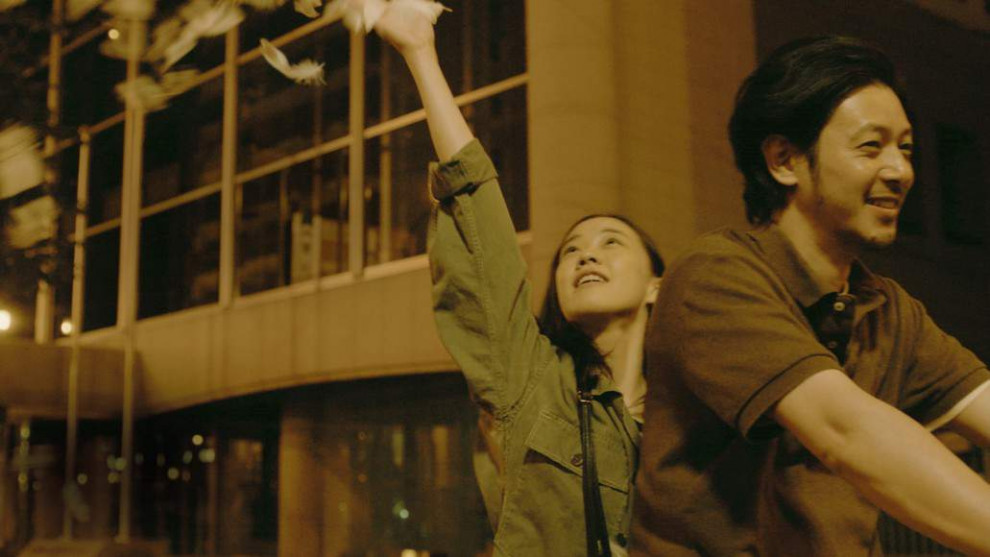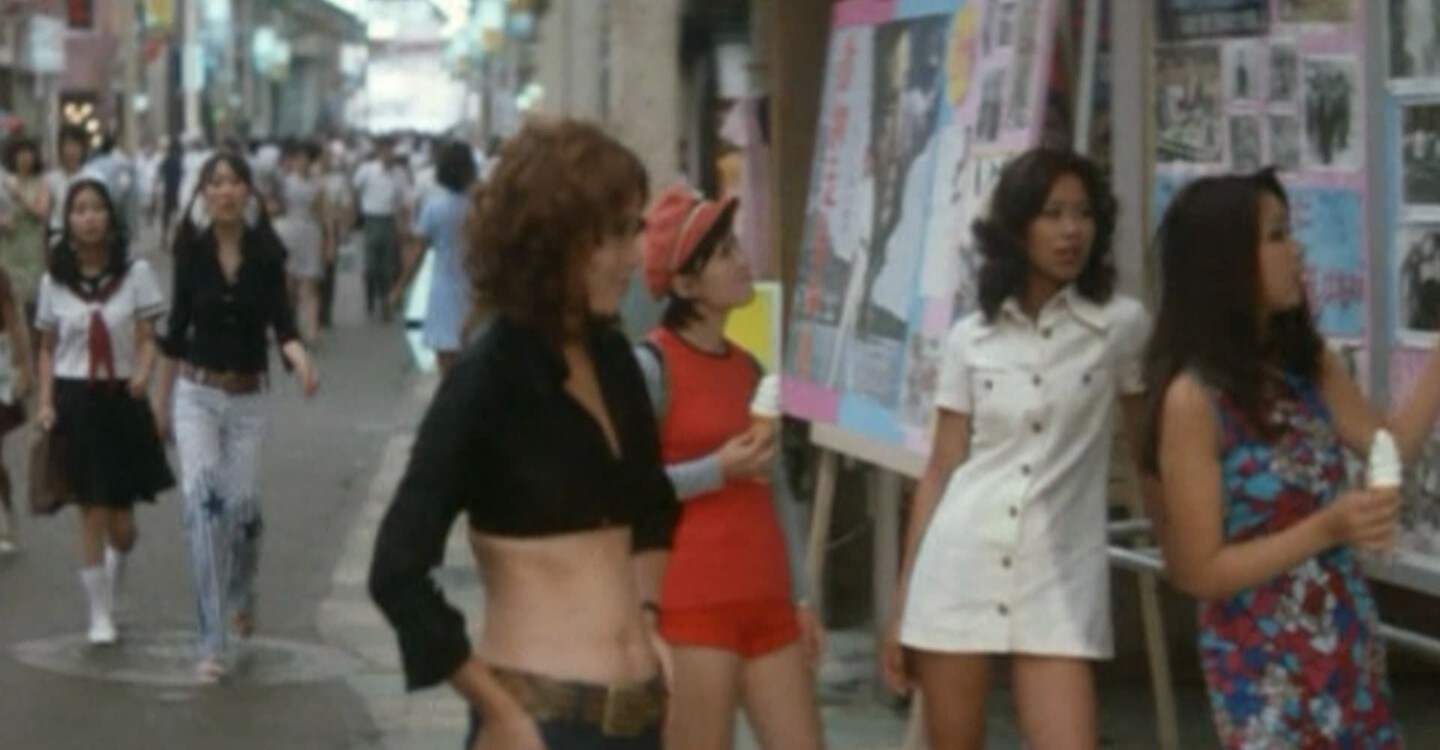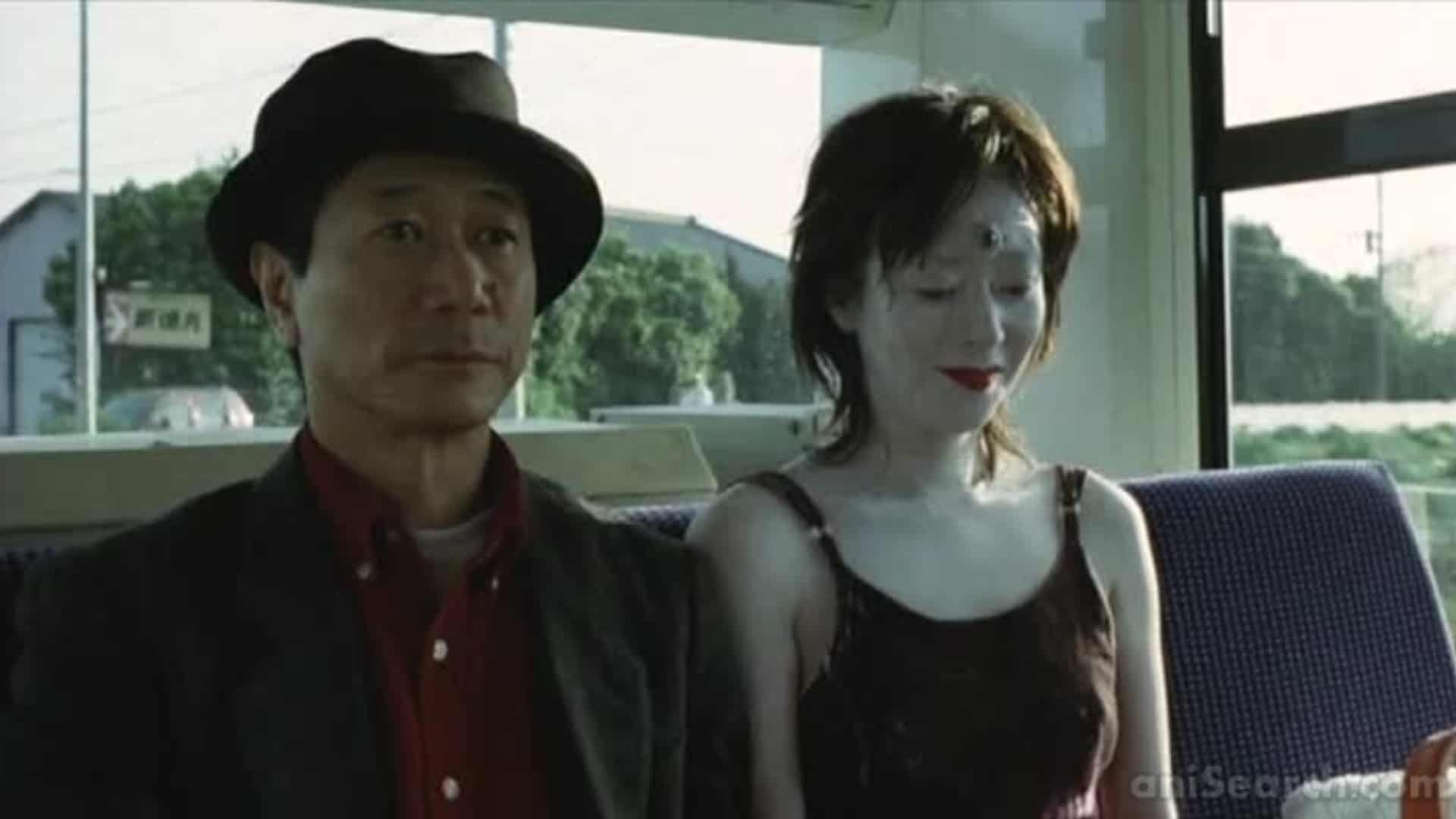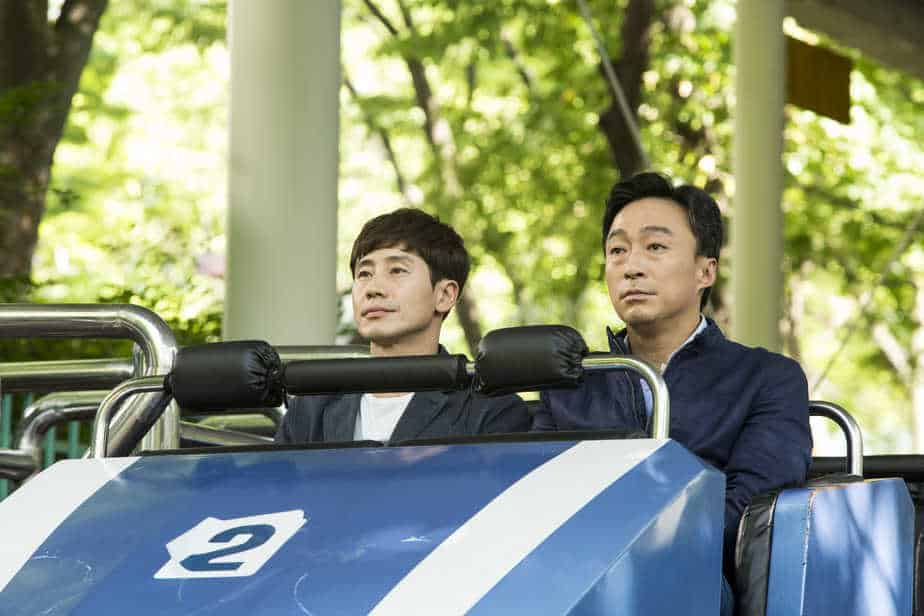The script is based on the short story “Over Fence” from the collection “Ogon no Fuku” by Yasushi Sato. Shiraiwa has recently divorced and has moved to another town, where he takes carpentry lessons at a vocational school. His divorce has left him with a psychological trauma, as is the case with many of his classmates, who seem to be there for various reasons. One of them named Kazuhisa takes him to a nightclub, in order to pitch him an idea for a joint business venture. While there, he meets an eccentric hostess, Satoshi, who seems to like him immediately. A peculiar relationship is initiated between them, as she borders on hysteria and he is filled with self-pity. In the meantime, he and his classmates are also training for a baseball match between schools.
A genuine Japanese drama
Nobuhiro Yamashita directs a film in the well-established style of the contemporary Japanese drama: Slow pace without many outbursts, technical minimalism, attention to characters that touches the borders of surrealism, but remains in the spectrum of realism, as does the general setting, a little bit of humor and much but subtle drama.
This last trait is presented in a unique and very entertaining fashion, as most of the characters seem to constantly laugh or smile, despite the sadness they hide inside them. Furthermore, when the drama eventually surfaces, it is more shocking, since it was so well hidden up to that point.
Ryuto Kondo's cinematography is realistic in its depiction of the small town, and Daisuke Imai's editing keeps the film flowing in the slow pace Yamashita chose. Takuto Tanaka's music is subtle, although the main theme is eerie and quite strange.
Satoshi is a great character
The concept of Satoshi is probably the film's biggest trait, and the one that makes it stand apart from the plethora of similar productions. Apart from the fact that she has a man's name, Satoshi works in a zoo and she enjoys mimicking how birds court each other in public. The fact that she mimics how swans and ostriches flirt in the bar she works and even in front of a supermarket makes her appear goofy, but adorable at the same time. She is also “damaged” though, and when her raging hysteria surfaces she becomes truly terrifying, in both the scenes this happens. In that fashion, Yu Aoi gives a magnificent performance, in a very difficult role.
A strange romance
Yoshio on the other hand is always calm, never showing his feelings, despite the fact that he thinks himself as a real creep. Their relationship is quite peculiar, since she is very “pushy” from the beginning, while he appears unsure of both himself and his feelings. Joe Odagiri is also great in the role, as he manages to portray his character's sadness despite the seemingly “cool” exterior.
Four great scenes
Four scenes stand apart in the film. The first occurs when Satoshi takes Yoshio to her house, where he discloses the reason he abandoned his family and she lashes out. The second is when she “loses” it in the zoo, the third when one of the students in the vocational school becomes violent, and the fourth, during the finale, which is sublimely Japanese.
“Over the Fence” is a beautiful film in the distinct Japanese style, which stands out due to its characters, acting, and the amount laughter and smiling presented on screen, that will definitely make its audience smile, too.
The film is part of the impressive selection of this year's San Diego Asian Film Festival, that will be on November 3-12.
















where did you watch it ? i’d like to see the movie too ! great review
0:18